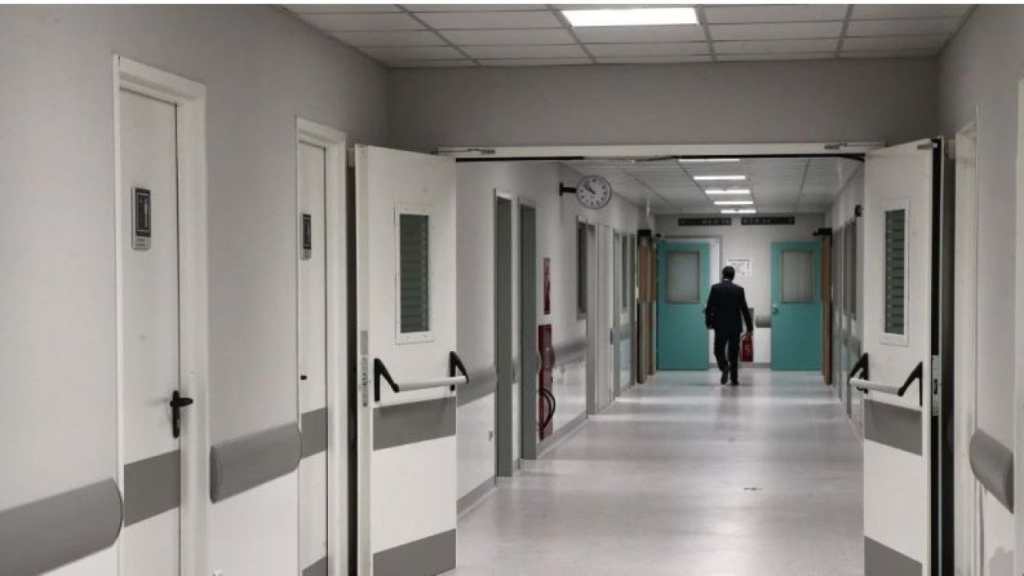

“Increase of 115% in kidney patients undergoing dialysis,” says the Nephrological Society – On the occasion of the second Thursday of March, which has been established globally as World Kidney Day.
An increase of 115% in the number of our fellow citizens undergoing hemodialysis and peritoneal dialysis is observed in our country during this period, according to the Nephrological Society of Cyprus.
In a statement issued on the occasion of the second Thursday of March, which is globally established as World Kidney Day, the Nephrological Society reports that kidney health problems are the 10th leading cause of mortality worldwide, while 1 in 10 people worldwide is affected by chronic kidney disease (CKD), and it is estimated that this number will continue to increase over time.
It is noted that even if only a small percentage of these individuals will require support through methods such as dialysis – such as hemodialysis – or kidney transplantation, in our country, these individuals amount to over 200 per year, a rate of inclusion that remains among the two highest in Europe over the past 10 years.
These rates are almost double the average for Europe and other Mediterranean countries, so “we observe an increase of 115% in the number of our fellow citizens undergoing hemodialysis and peritoneal dialysis in our country during this period. This continuous and prolonged increase in patients with serious kidney health problems is accompanied by a significant economic burden on the healthcare system, which, combined with inadequate planning and timely and proper management of CKD in its initial stages, has led to many shortages in specialized medical and nursing staff, areas that also face shortages globally.”
The message of this year’s World Kidney Day, “Kidney Health for Everyone Everywhere,” becomes even more important, it is noted. With the implementation of the General Healthcare System (GHS), it is added, access to healthcare services, both personal and specialist doctors, has become much easier for most residents of our island.
As stated, with more frequent and regular health checks, our primary goal of combating and timely addressing CKD, as well as other significant diseases that feed it – such as Diabetes Mellitus and Arterial Hypertension – becomes more feasible.
“A simple blood analysis to assess kidney function and glucose, a general urine examination to check for the presence of leukocytes (or albumin) or other signs of kidney damage, as well as blood pressure monitoring are often sufficient for the timely diagnosis and treatment of these diseases. As Diabetes Mellitus and Arterial Hypertension are contributory factors to the progression of CKD and affect more than 50% of the patients who are undergoing extrarenal dialysis therapies, it is also important to combat obesity and excessive salt consumption,” it is added.
In combination with what has already been implemented, the Nephrological Society of Cyprus (NSC) promotes and closely collaborates with the Health Insurance Organization (HIO) to adapt to Cypriot data and implement the guidance of the British National Institute of Clinical Excellence (NICE) for the diagnosis and management of CKD.
This process, it is noted, is now at an advanced stage, and we have already committed as a scientific body to contribute to the training and education of healthcare professionals for their correct use and implementation. We also promote the integration of new drugs into the GHS, whose effectiveness in treating CKD is supported by numerous serious and large clinical studies. The evaluation process of these drugs, it is reported, by the HIO and the Drug Advisory Committee has already begun.
Finally, for those patients reaching the final stage of CKD, it is noted that kidney transplantation offers the best clinical outcomes as well as better survival and quality of life.


















